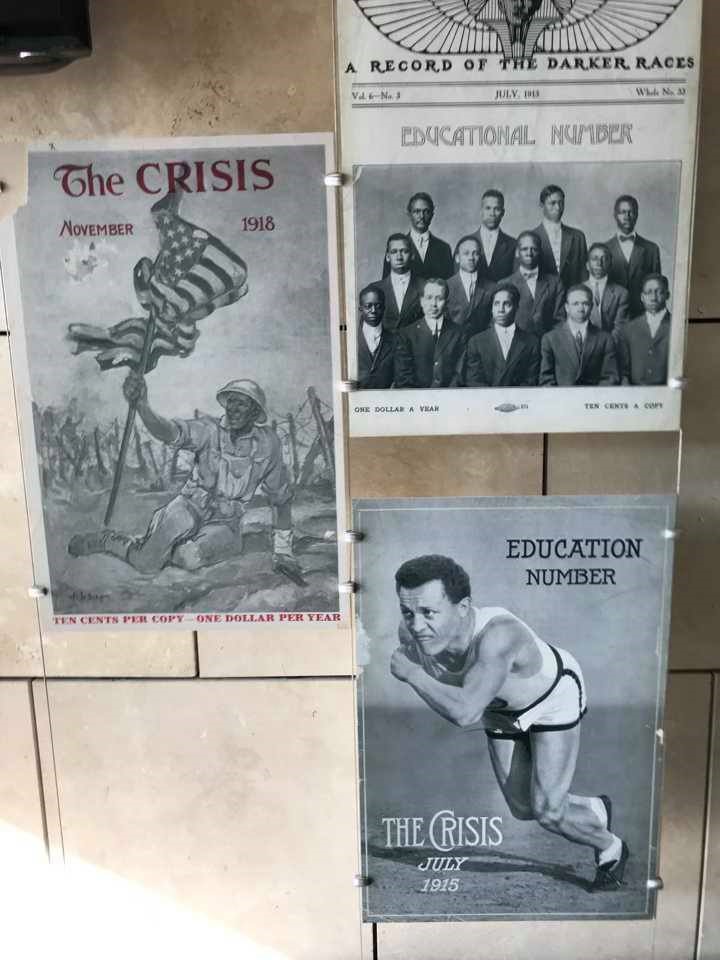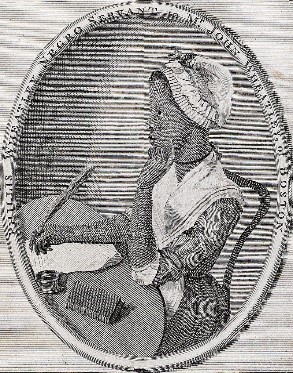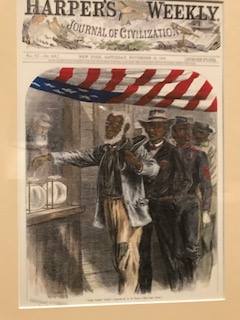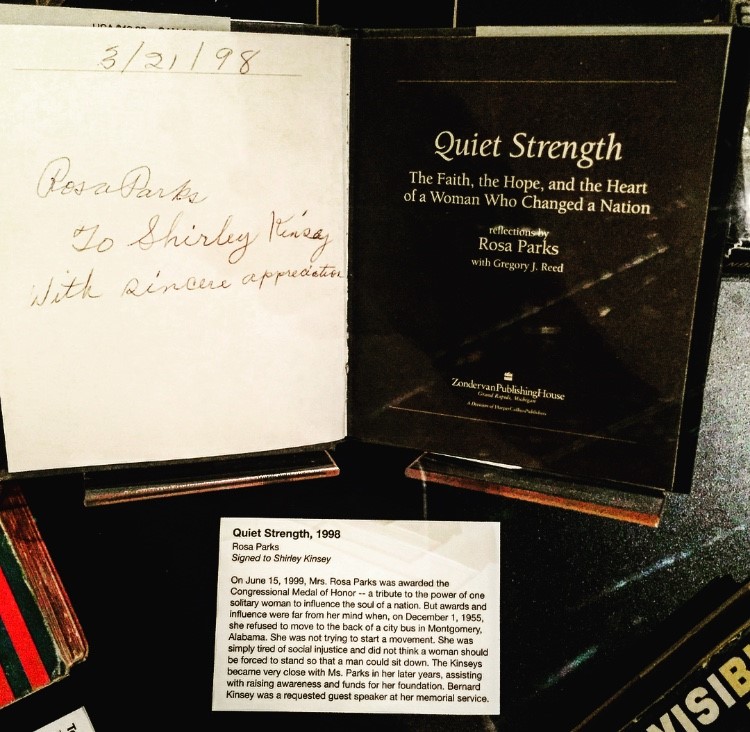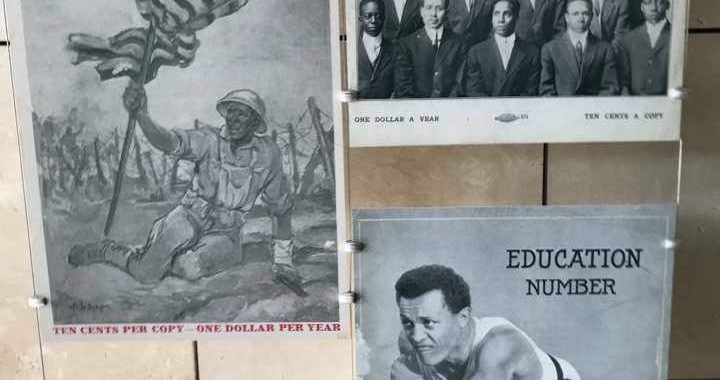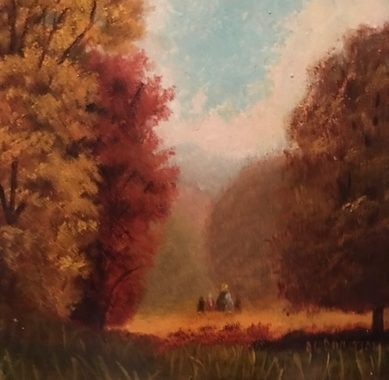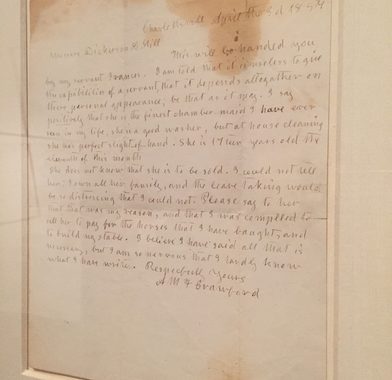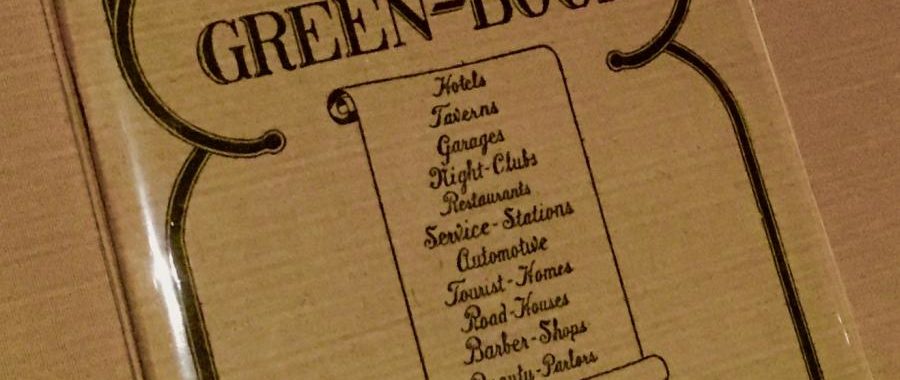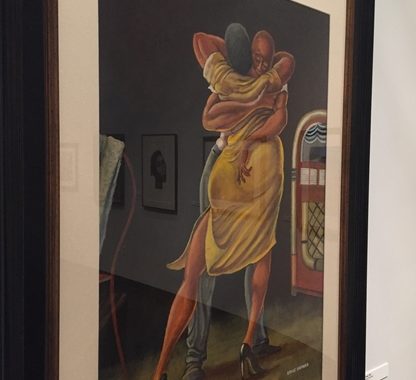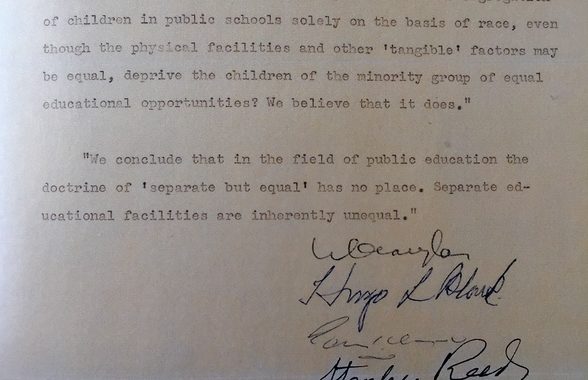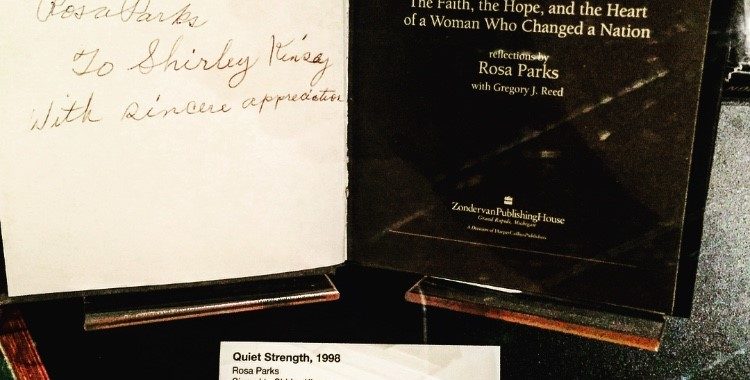Robert Duncanson was born a free man in New York in 1821. His grandfather, Charles Duncanson (1745—1828) began life enslaved in Virginia, but moved to the Finger Lake District of upstate New York about 1790 after being manumitted. Charles, his son John and four of John’s five sons, pursued the trades of house painters and glaziers, first in New York, and later in Monroe, Michigan.
John’s second youngest son, Robert, followed his grandfather, father and brothers into the trade, learning to mix paints and decorate houses. In 1838 he struck out with a partner to form their own company, but within two years moved to Cincinnati to pursue a profession as a fine arts painter.
Cincinnati in the 1840s was booming, staking its claim as the economic and cultural capital of the American West. The City boasted a sizable free Black population and as the western center of the nascent abolitionist movement, promised potential patrons for a struggling African American artist. But Cincinnati in the 1840s was also swept by waves of anti-immigrant, anti-Catholic and anti-Black violence. In 1841, just after he settled in Cincinnati, angry white mobs filled the streets intent on running the Black community out of Cincinnati
After a decade of perfecting his skills and earning a living painting portraits, Duncanson found his true inspiration, the American landscape. In doing so, he joined the other leading American painters of the period. At a time when Americans were struggling to articulate what made them distinctive, many found answers in the nation’s relationship to the landscape. One group of painters became known as the Hudson River School.
In Cincinnati, local landscape artists, especially Worthington Whettridge and William Louis Sontag, shared their visions and approaches with Duncanson. Together they read and debated the ideas and aesthetic held out by the British critic John Ruskin. For Duncanson, inspiration was close, just beyond the edge of the City. Throughout his career, he focused on scenes in the Ohio River and Little Miami River Valleys. He viewed nature not as a hostile and threatening wilderness, but as pastoral and picturesque. Nature was “a fertile field receptive to man’s use for farming, fishing and raising a family,” according to Joseph Ketner, Duncanson’s biographer (The Emergence of the African American Artist: Robert S. Duncanson, 1821-1872”).
In addition to his work with Whettredge and Sontag, Duncanson also collaborated with James Pressley Ball, Cincinnati’s great African American daguerreotypist, and worked with Ball in his “Great Daguerrian Gallery of the West"
Today, Cincinnatians may think of Duncanson as a local artist best for his wonderful series of murals commissioned by Nicholas Longworth for the Entry Hall of his home, Belmont (Taft Museum of Art) or Blue Hole, Flood Waters, Little Miami Rive, which hangs at the Cincinnati Art Museum. But in the 1850s and 60s, Duncanson’s skill established him not only in this county, but in England and throughout Europe as America’s first internationally renowned African American artist.
